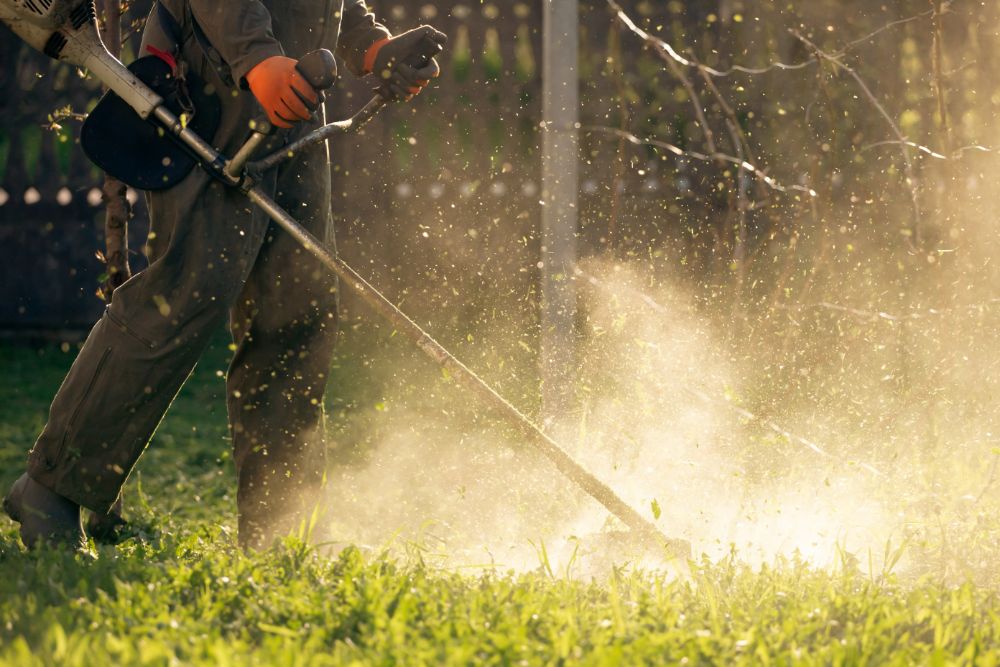The Ultimate Guide to Lawn Care: Achieving a Lush and Healthy Yard

A well-maintained lawn is more than just a patch of green; it’s a testament to your dedication and care for your property. Whether you’re a seasoned gardener or a beginner looking to enhance your outdoor space, this comprehensive guide to lawn care will equip you with the knowledge and techniques you need to achieve a lush and healthy yard that’s the envy of the neighborhood.
1. Understanding Your Lawn: Before diving into lawn care practices, it’s essential to understand your specific lawn type, soil composition, and climate. Different grass varieties thrive in various conditions, so identifying these factors will help you tailor your approach. Test your soil’s pH and drainage to determine its health and suitability for grass growth.
2. Lawn Maintenance Schedule: Creating a lawn care calendar ensures you stay on top of essential tasks throughout the year. This can include mowing, fertilizing, aerating, dethatching, and weed control. Tailor your schedule to match the growing season and climate in your area.
3. Mowing Techniques: Proper mowing practices play a significant role in the overall health of your lawn. Aim to keep your grass at an optimal height, varying depending on the grass type. Regular mowing promotes strong root growth and discourages weed growth.
4. Fertilization: Feeding your lawn with the right nutrients is crucial for its vitality. Understand the different types of fertilizers available and their nutrient content. Consider organic options for a more sustainable approach. Apply fertilizers at the right times to ensure optimal uptake by the grass.
5. Watering Wisely: Watering is a delicate balance. Overwatering can lead to shallow root systems and susceptibility to diseases, while underwatering causes stress and discoloration. Water deeply and infrequently to encourage deep root growth. Consider investing in a sprinkler system with programmable timers for consistent watering.
6. Aeration and Dethatching: Compacted soil and thatch accumulation can hinder water, nutrient, and oxygen absorption. Regularly aerate your lawn to break up soil compaction and dethatch to remove dead organic matter. This promotes a healthier root system and better overall grass growth.
7. Weed and Pest Management: Weeds and pests can quickly take over your lawn if left unchecked. Identify common weeds in your area and adopt preventive measures like maintaining proper mowing heights and using weed control techniques. Consider natural predators and organic remedies for pest management.
8. Seasonal Care: Different seasons require specific care routines. In the spring, focus on fertilization and addressing any winter damage. Summer care involves proper watering and managing heat stress. Fall is ideal for overseeding and continued maintenance, while winter prep includes leaf removal and safeguarding your lawn against cold weather.
9. Lawn Renovation: If your lawn is in poor condition, renovation might be necessary. This involves more extensive steps like dethatching, aerating, overseeding, and potentially even replacing sections of grass. Proper timing and techniques are vital for successful lawn renovation.
10. Sustainable Practices: Incorporate eco-friendly practices into your lawn care routine. Collect rainwater for irrigation, use organic fertilizers, and choose native grass species that require less water and maintenance. These practices not only benefit the environment but also contribute to the long-term health of your lawn.
Conclusion: Maintaining a lush and healthy lawn is an ongoing commitment, but the rewards are well worth the effort. By following this comprehensive guide to lawn care, you’ll be equipped with the knowledge and strategies needed to transform your yard into a thriving, vibrant oasis that enhances the beauty of your home while providing a space for relaxation and enjoyment.